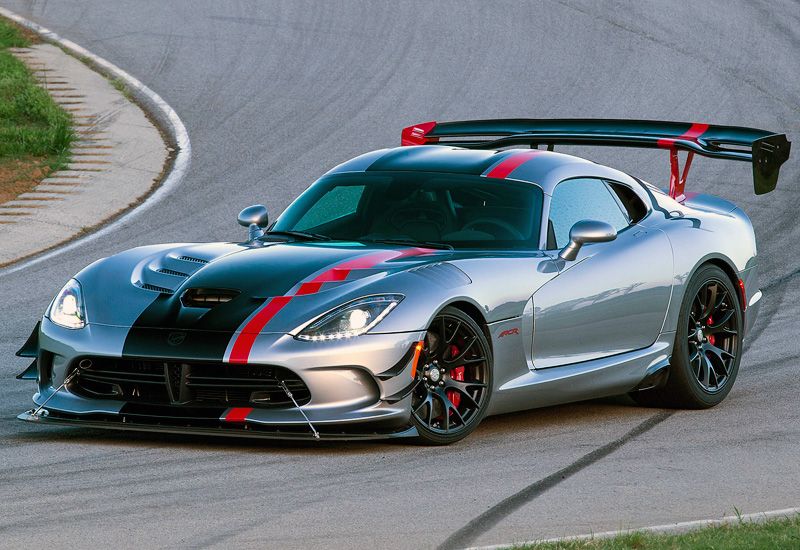JDM cars have become as important to global car culture as muscle cars, and their popularity is showing no signs of dwindling. As a coolness factor, JDM cars are there, with several models as iconic as American manufacturers' muscle cars. Furthermore, fans of American muscle cars often overlook the power lurking within, as JDM cars are lighter and pack engines with turbochargers and other modifications that will surprise the casual observer.
JDM cars beat muscle cars in several critical aspects, but American muscle cars are way cooler for various reasons! The sound of a supercharged V8 muscle car engine makes heads turn, and pupils dilate. Several models of vintage muscle cars are worth some serious cash today.
The war over JDM cars being better than muscle cars will rage forever. Rather than attempting to settle the score, here's some fuel to the fire as the debate continues between JDM and American muscle cars.
10 JDM: The Reliability
The reliability of JDM cars is undeniable. And although there are some outliers, the general rule of thumb is that JDM cars are built to last. In fact, according to CarPages, 12 of the 15 most reliable vehicles are JDM! American manufacturers may have been more successful in mass production, but JDM car factories focused on quality over quantity.
With the likes of Toyota and Honda holding the reliability crowns, the gap between reliability is slowly shrinking. Car manufacturers worldwide are trying to model themselves after JDM car companies in a bid to create longer-lasting cars, proving that JDM cars are the gold standard of reliability.
9 Muscle: The History
Muscle cars have a rich history, and many models saw their hay-day in the decades between 1960 and 1980. The true beginning of the muscle car era began in 1949 with the Oldsmobile Rocket 88. Ever since American manufacturers have been putting V8 engines into their large coupe-style cars.
Although the first muscle cars appeared in the 1950s, the legacy of the muscle car goes back to the 1920s when bootleggers would modify their cars to be faster. After prohibition, those same bootleggers missed the action of a fast car and began racing on the track. Manufacturers wanted to capture that market, and the rest, as they say, is history.
8 JDM: The Modifications
JDM cars have a well-known reputation for being modified in every imaginable way. Japan has a very prominent underground modified car culture. That culture has extended in many ways to the rest of the world, with show cars of JDM makes showing off a plethora of after-market parts.
Henry Ford once said, 'you can get a Model-T in any color, as long as it is black,' but that isn't good enough for the JDM car culture. The modifications and personalization of JDM cars make them stand out against their muscle car counterparts.
7 Muscle: The Muscle
Power under the hood - standard. The American muscle car comes packed with fury, typically using a big-block V8 to generate massive HP and torque. Since the 1950s, manufacturers have been fine-tuning and providing superchargers and other fun technology to pump ever more power through their V8's.
Additionally, as manufacturers debuted ever more powerful engines, the public benefited from the muscle car wars of the 1960s and 1970s. By the 1970s, engines were pumping out more than 400HP and could pull a quarter-mile in 13 seconds.
6 JDM: Gas Mileage
Smaller engines = less gas. And the Japanese, who have no major oil production territories of their own, have to rely heavily on oil imports. These imports mean gas prices are high. In a bid to combat these high prices, JDM cars feature smaller engines than their muscle car competitors.
Indeed, the muscle car relied heavily on cheap gas and few restrictions. After the Clean Air Act in the 1970s, muscle cars took a back seat as JDM cars began to reveal themselves as capable alternatives without the thirsty engines. This gas mileage continues today as several well-known JDM manufacturers offer sporty cars with decent MPG ratings in the 30s and hybrid options galore!
5 Muscle: RWD Awesomeness
What good is all that power if you don't know what to do with it? Muscle cars know where to put all that power, the rear. As a result, some of the most beautiful vehicles ever produced for drag racing have emerged. The quarter-mile race is an homage to the rear-wheel power of muscle cars and helped get manufacturers to recognize their potential marketability.
The rear-wheel-drive vehicles are the ones that offer the most power, such as the Dodge Challenger SRT Hellcat. Even JDM cars that attempt to gain the most power from their engines rely on RWD like the Subaru BRZ and Toyota Supra.
4 JDM: Exploiting the AWD
JDM is well known for having put AWD in many cars. That kind of control can make anyone smile! The Subaru Leone was one of the first JDM cars to feature AWD for consumer use in hazardous conditions. After that point, Subaru began using the AWD system in a majority of its models.
Subaru may be the most well-known JDM company to offer AWD standard, and as such, many other JDM companies followed suit. The auto industry is attempting to catch up to the JDM world and supply their models with AWD to keep up with demand.
3 Muscle: Fetch Top Dollar
Muscle car classics go for some serious cash at auction. Aging models of American muscle cars can fetch top dollar at auction; just check out this one that sold for over $100k! Further, muscle cars are popular rebuild project cars, and even bodies or frames can be worth serious coin! The timeless cars are slowly becoming priceless.
When looking at a piece of artwork such as the 1962 Shelby Cobra CSX2000, which went for an astounding $12.5million at a recent auction, it is no wonder muscle cars are worth a fortune.
2 JDM: Rarity
Some JDM cars are so rare several of the most popular models have never been available to the US market, such as the Honda Accord Type-R. In fact, several models are illegal for import into the US, such as the Nissan Skyline GT-R.
Additionally, with American muscle cars having such large engines and awful air quality ratings, it is surprising that the United States banned any vehicles. The fact that you can never see some JDM models on the streets gives them an almost mythical quality, something muscle cars can't duplicate.
1 Muscle: The Model Names
Muscle cars are cooler just by the names they carry: viper, Cobra, Challenger, Charger, Wild Cat, and Barracuda. The words themselves just imply pure motor fury. Nobody cares about names like RX-7 or NSX when there is a Firebird around. JDM car names like Skyline and Chaser suggest softness, something muscle cars don't have.
Indeed, names like Road Runner and Fury command a level of respect for the road on which they tear. The very emblems and nameplates inspire posters of generations of car fans worldwide!

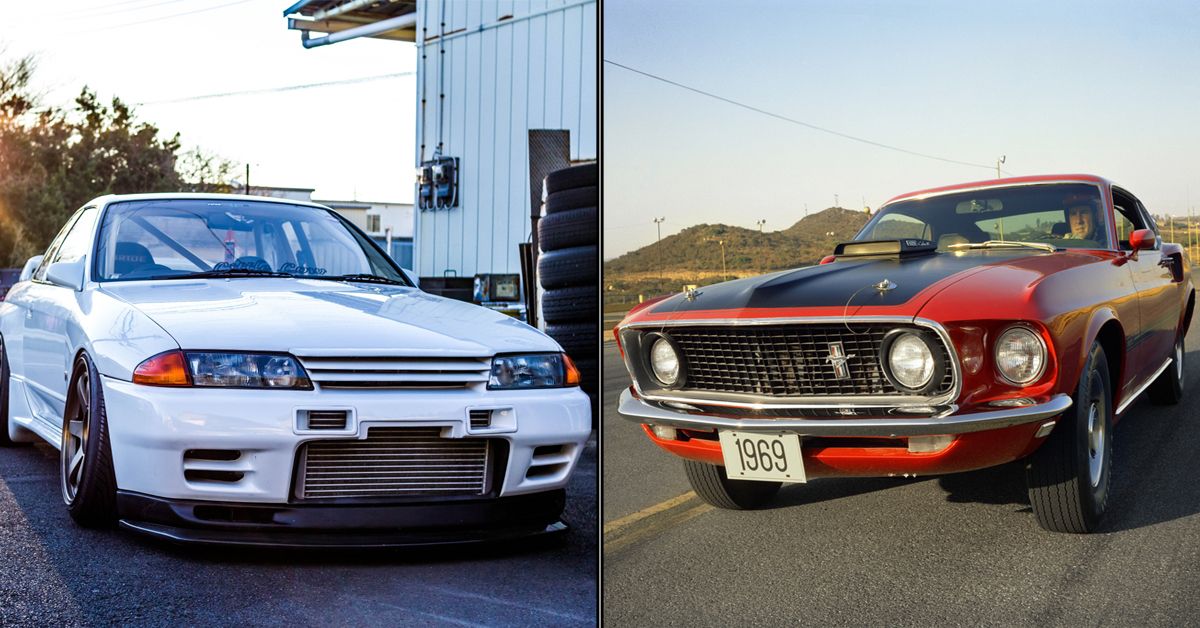
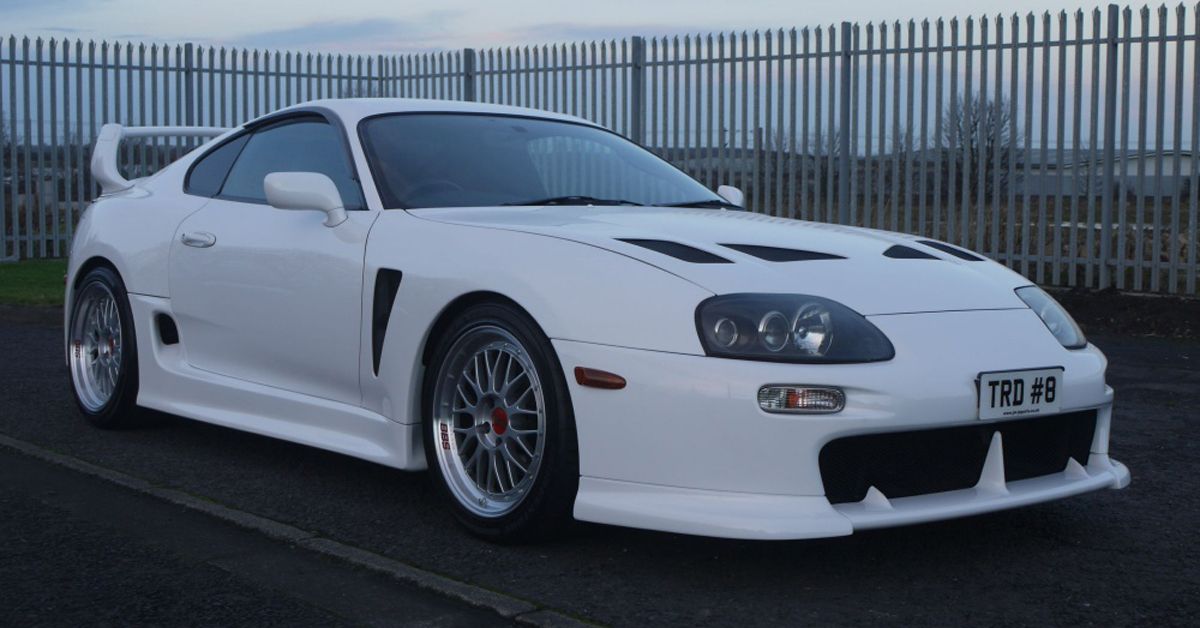
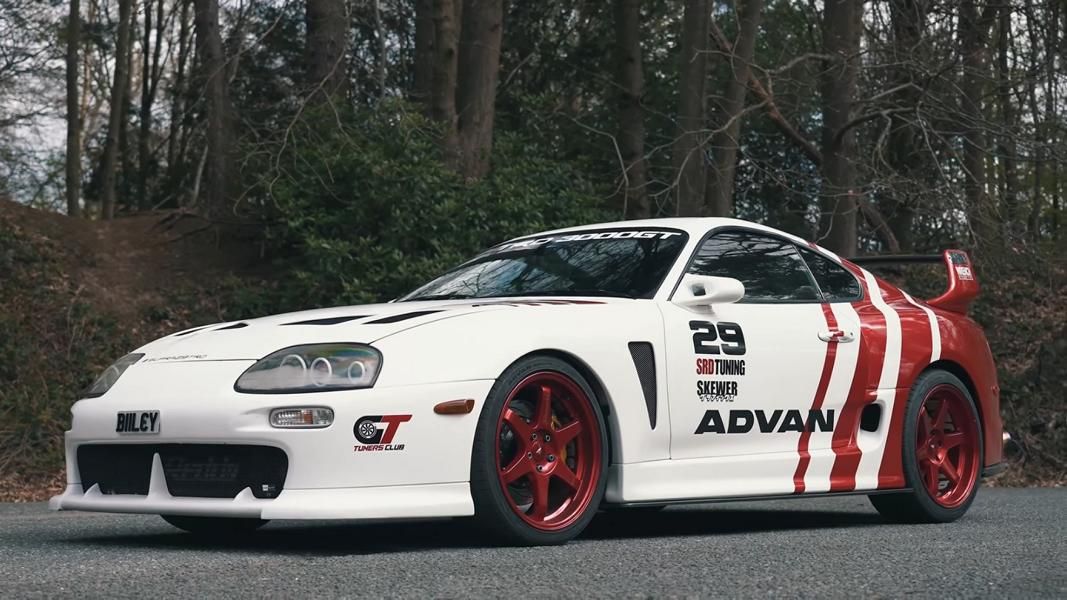
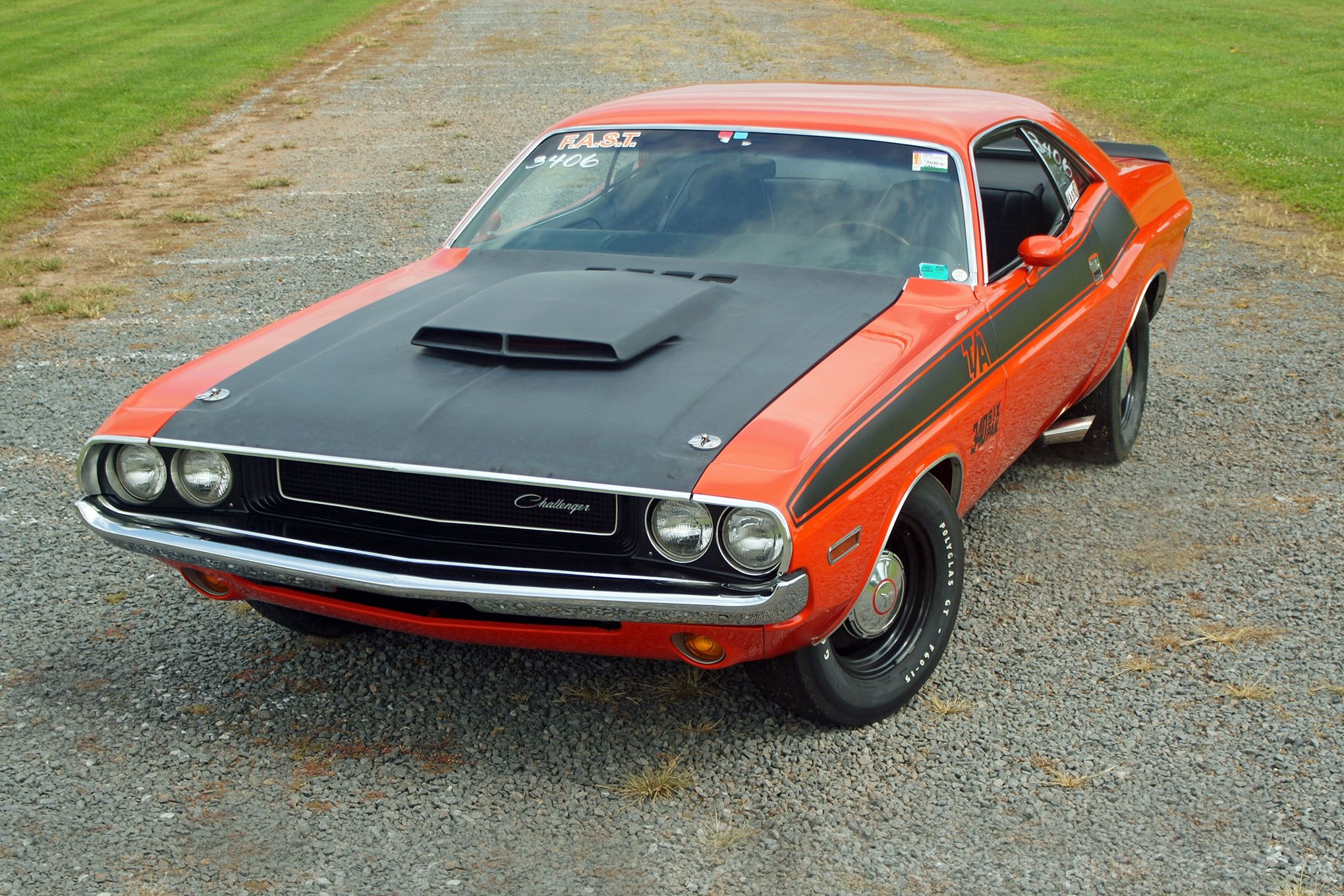
.jpg)
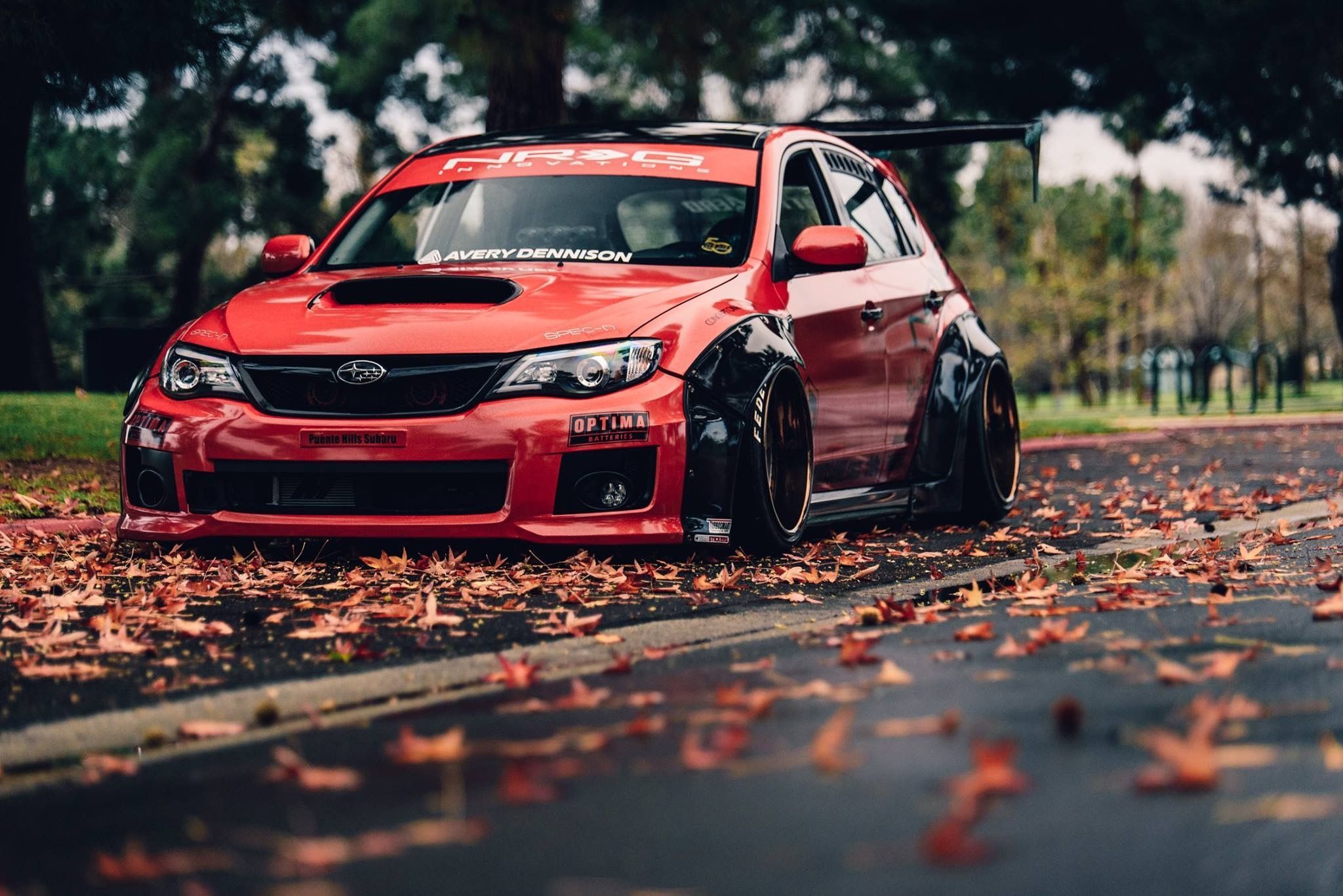
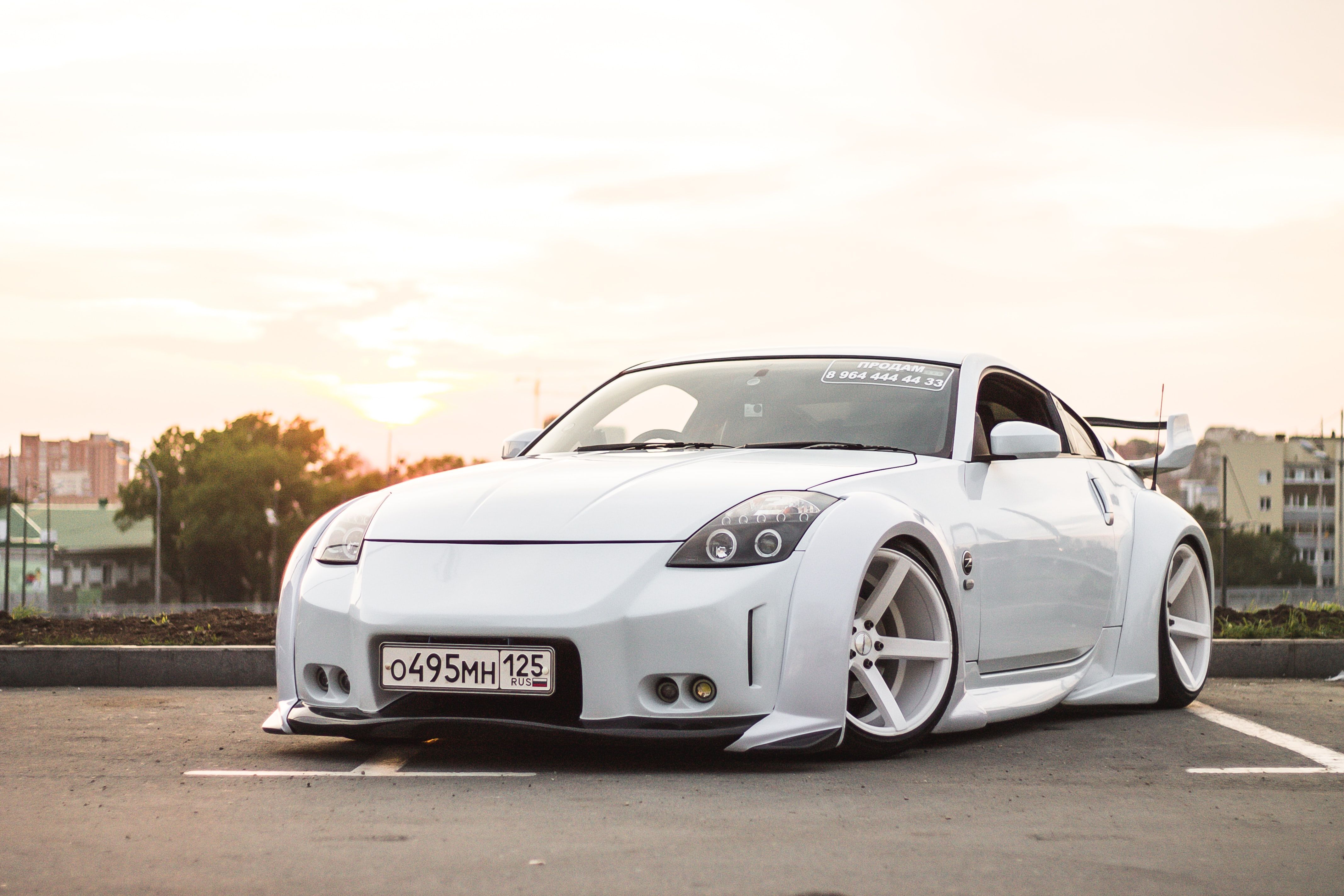
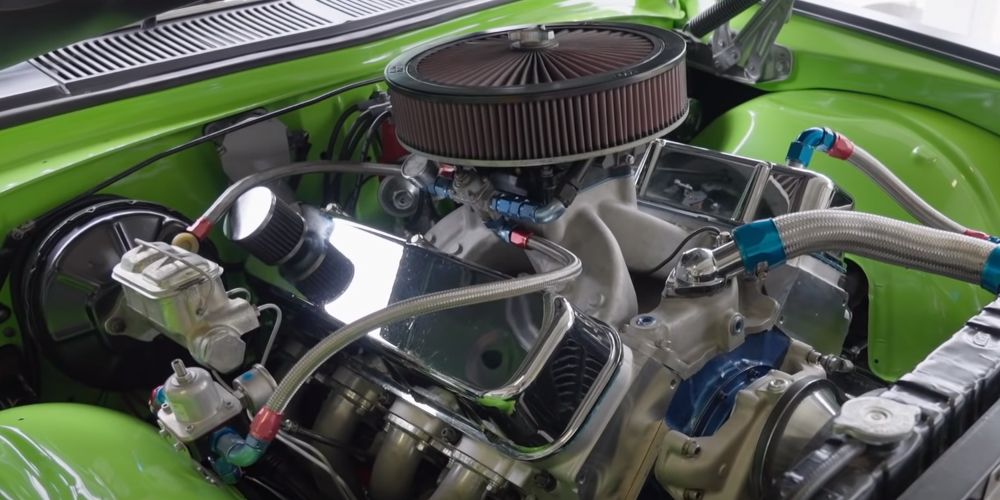
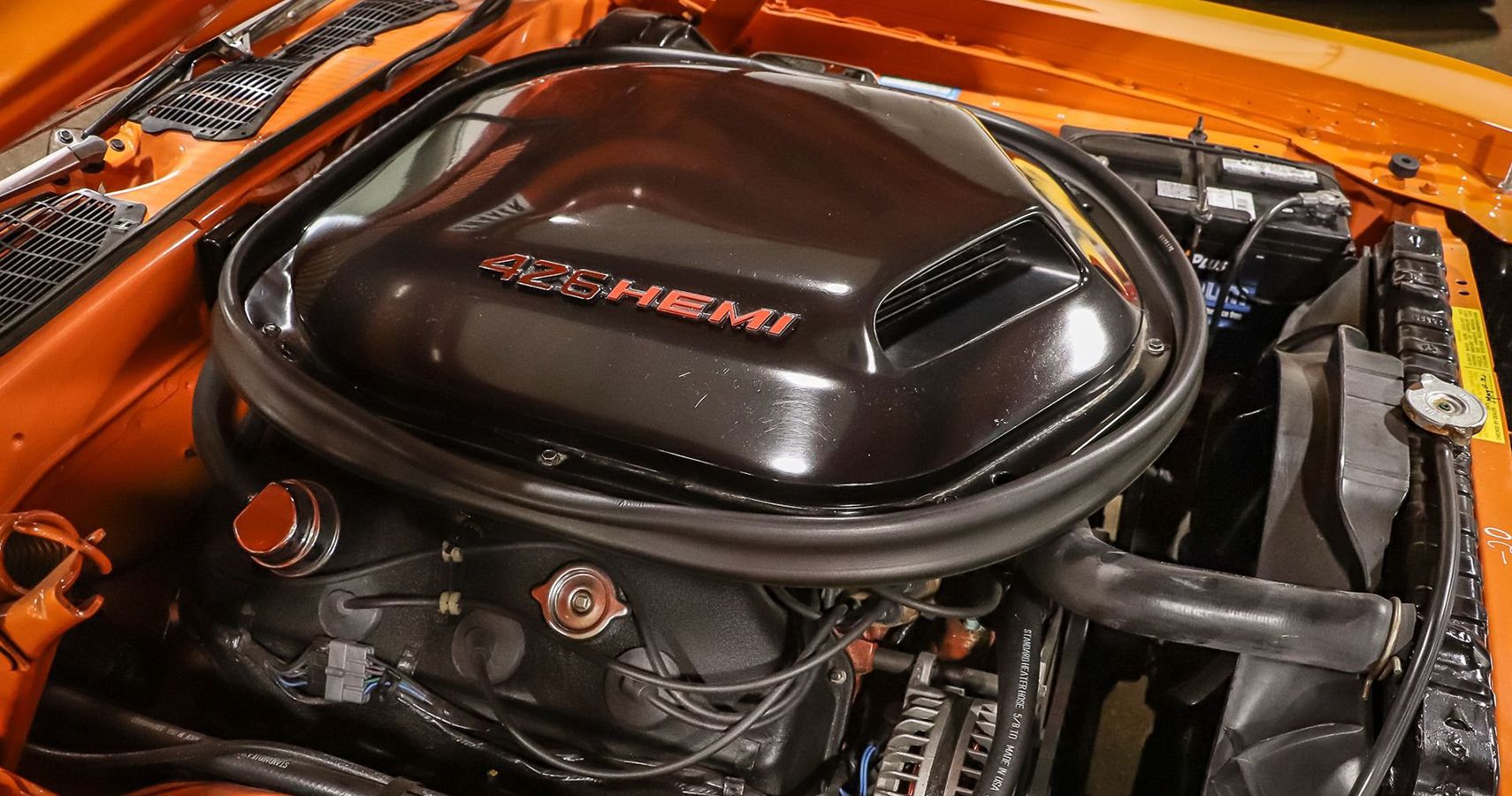
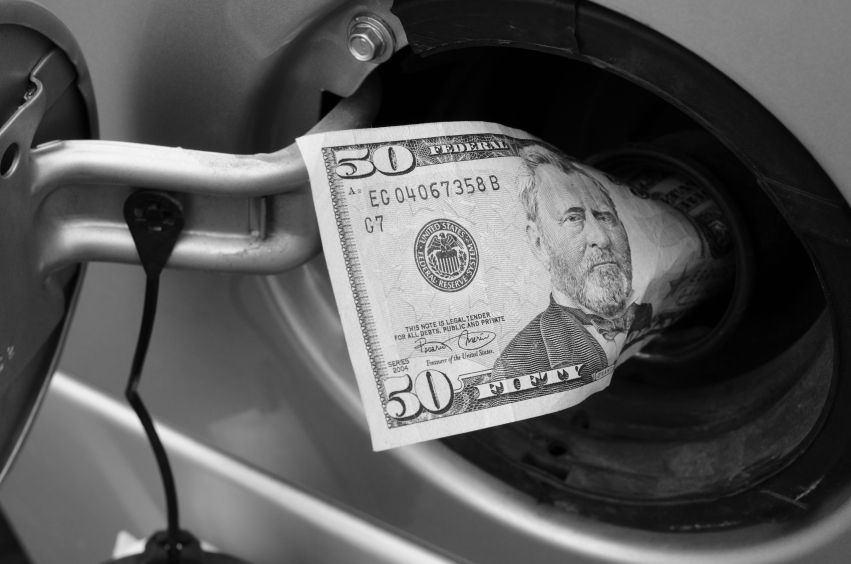
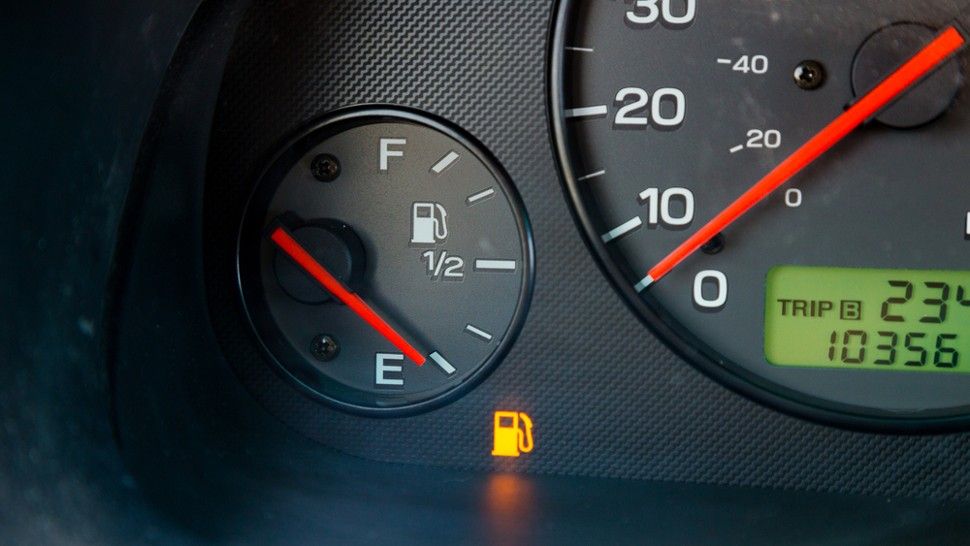
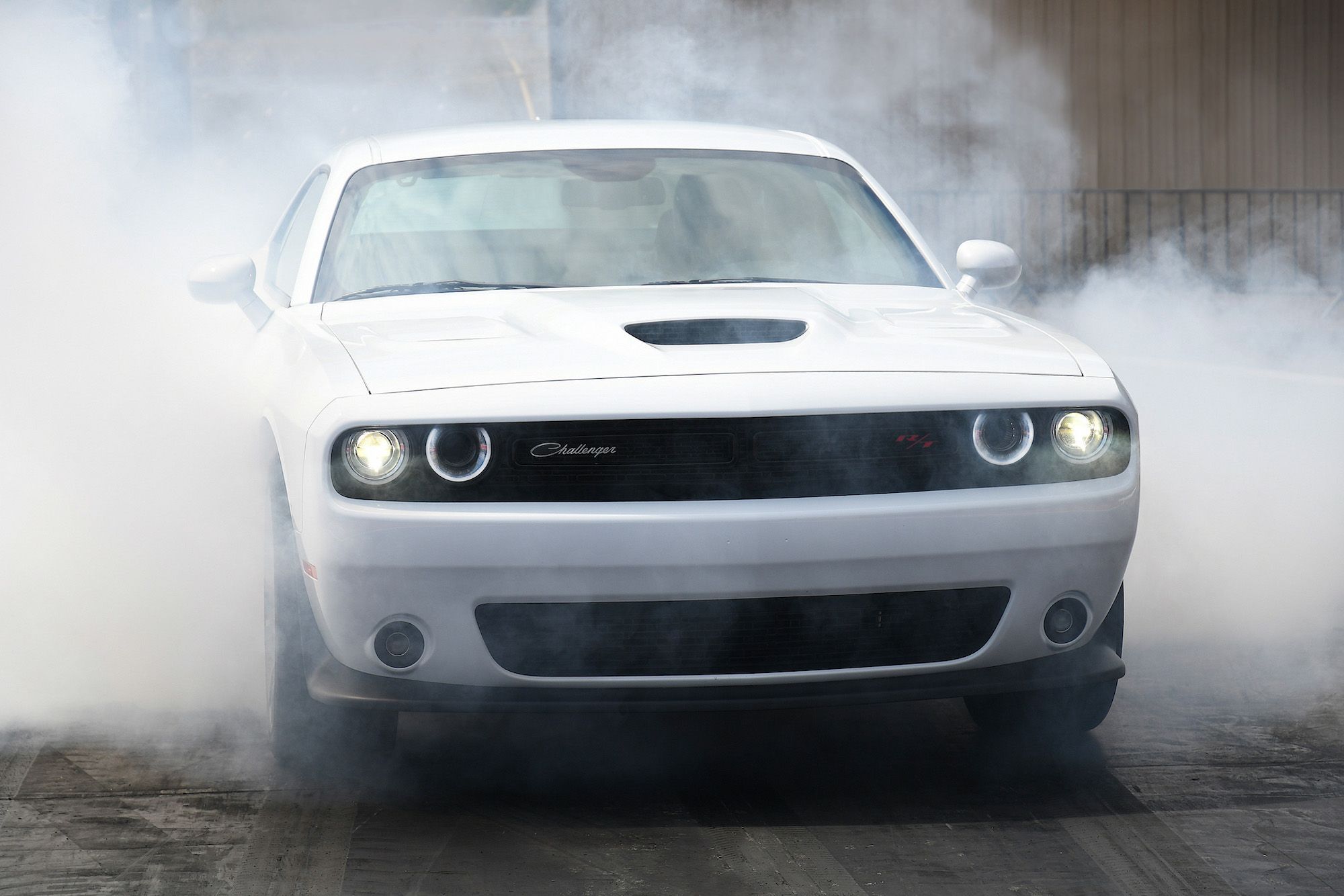
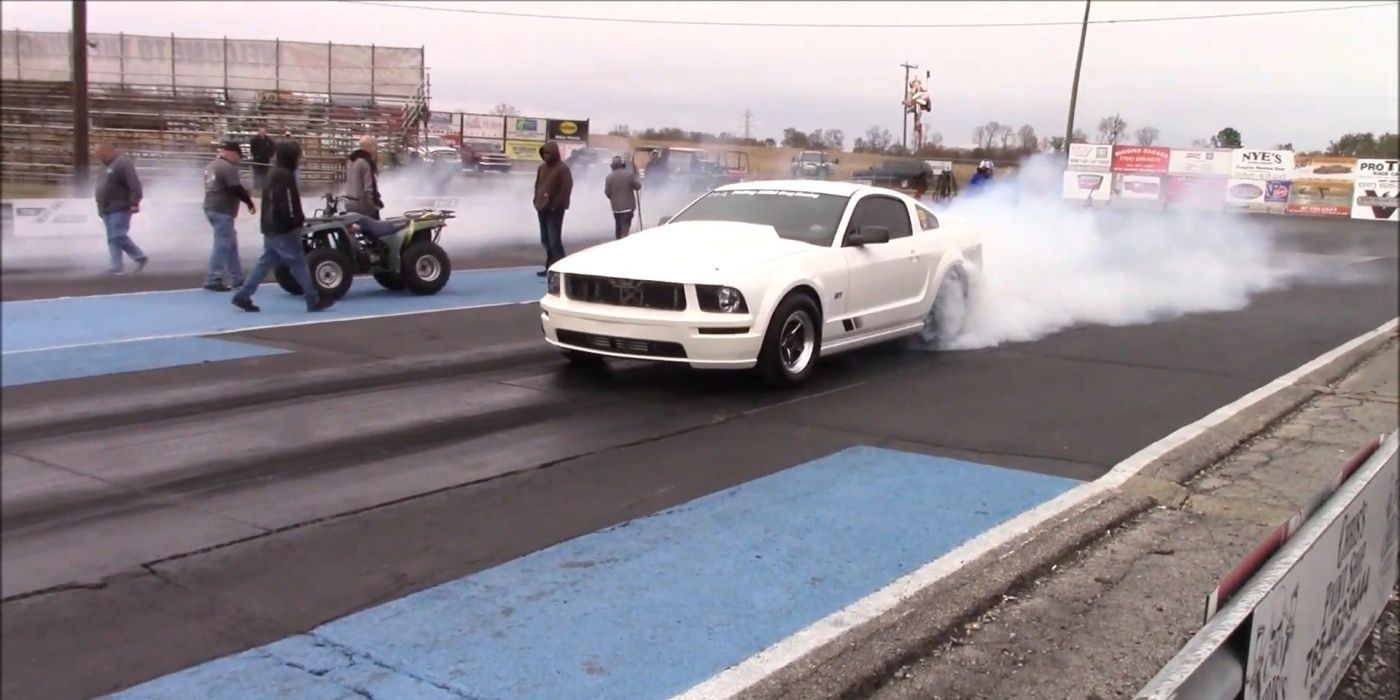
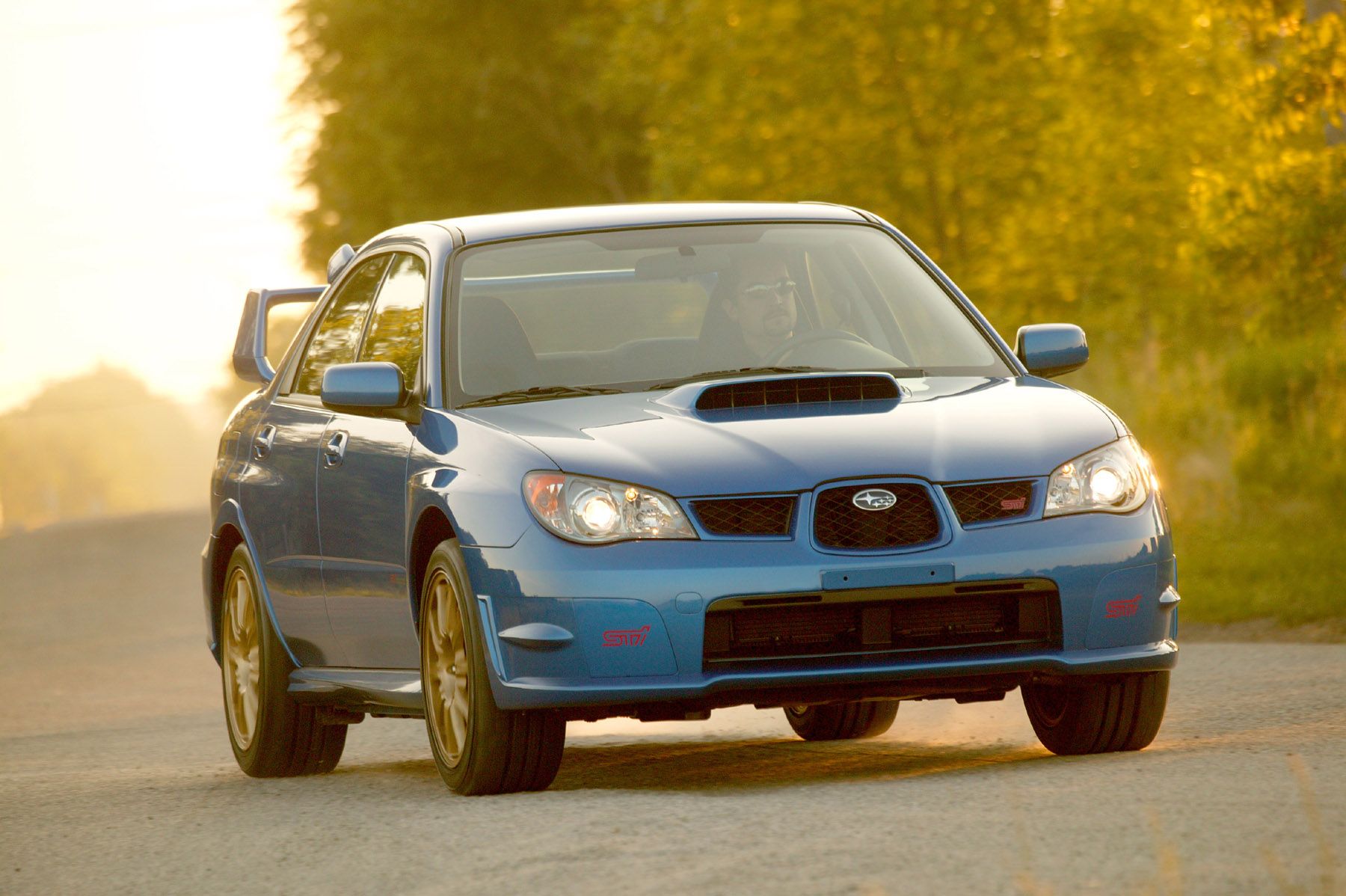
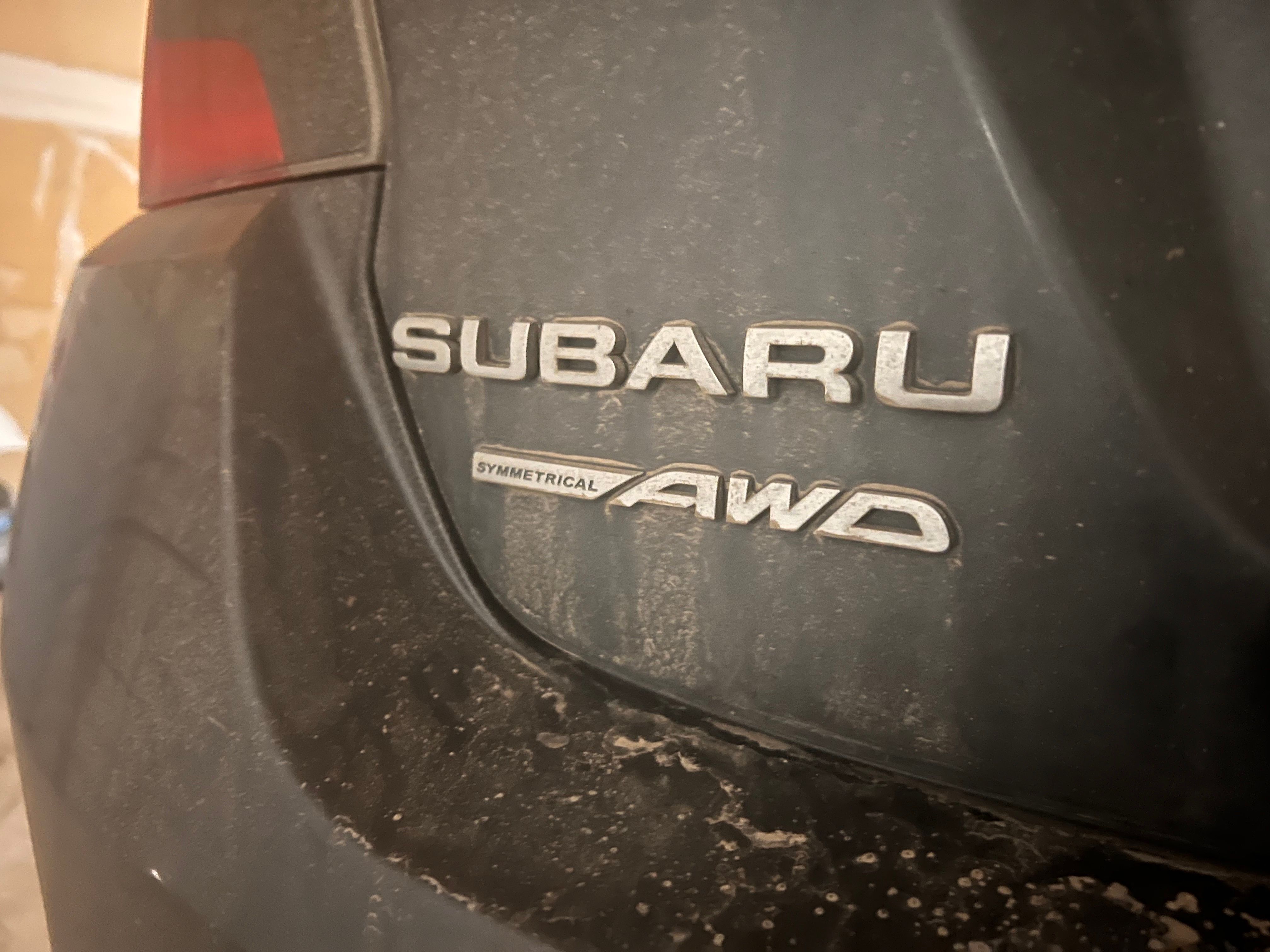
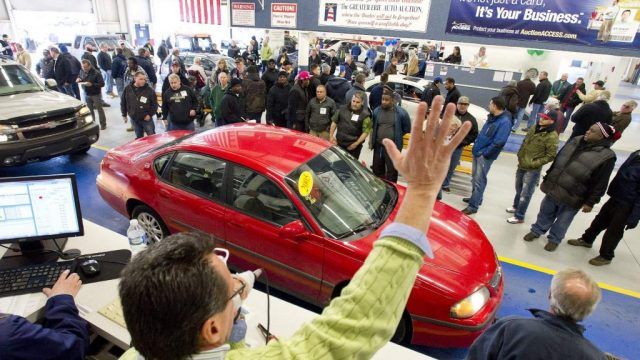
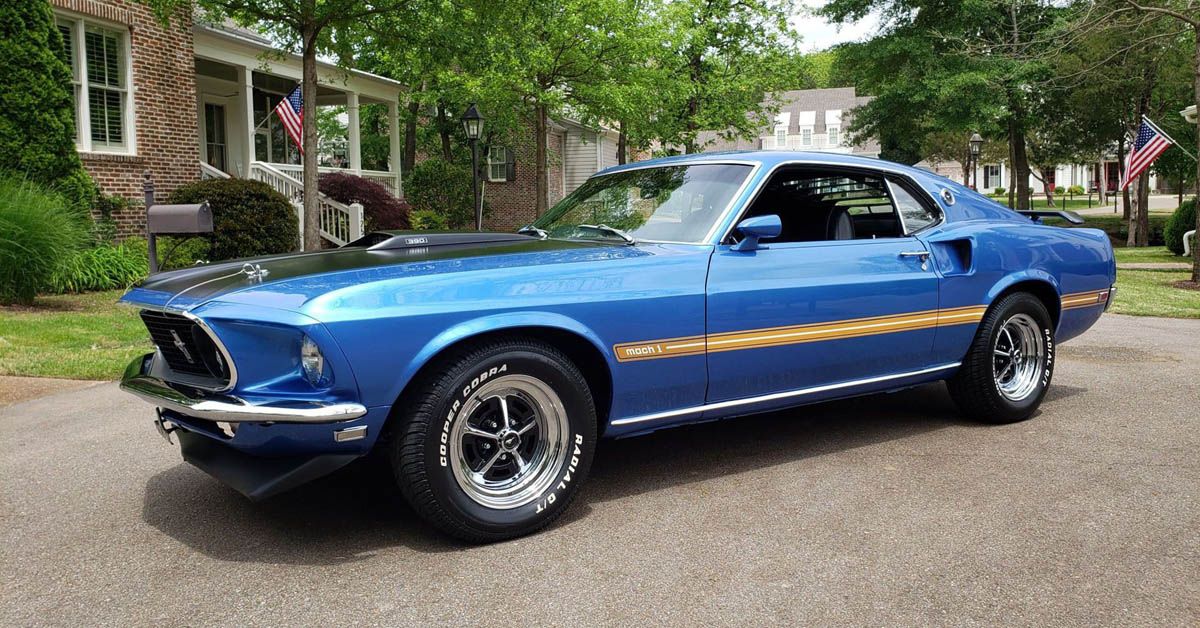
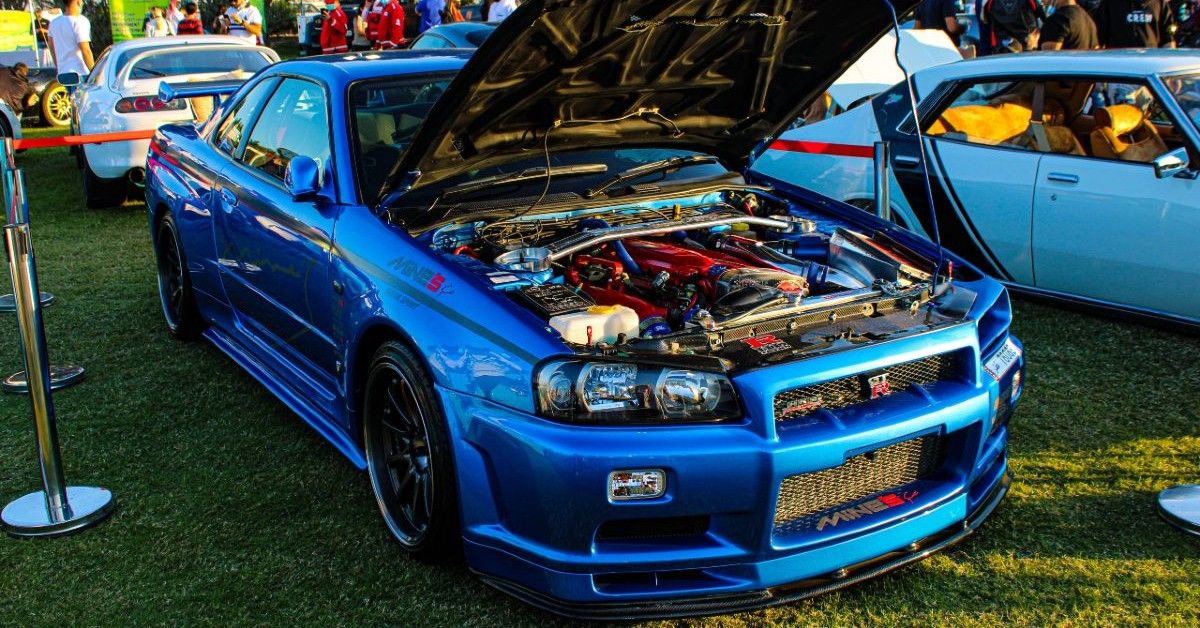
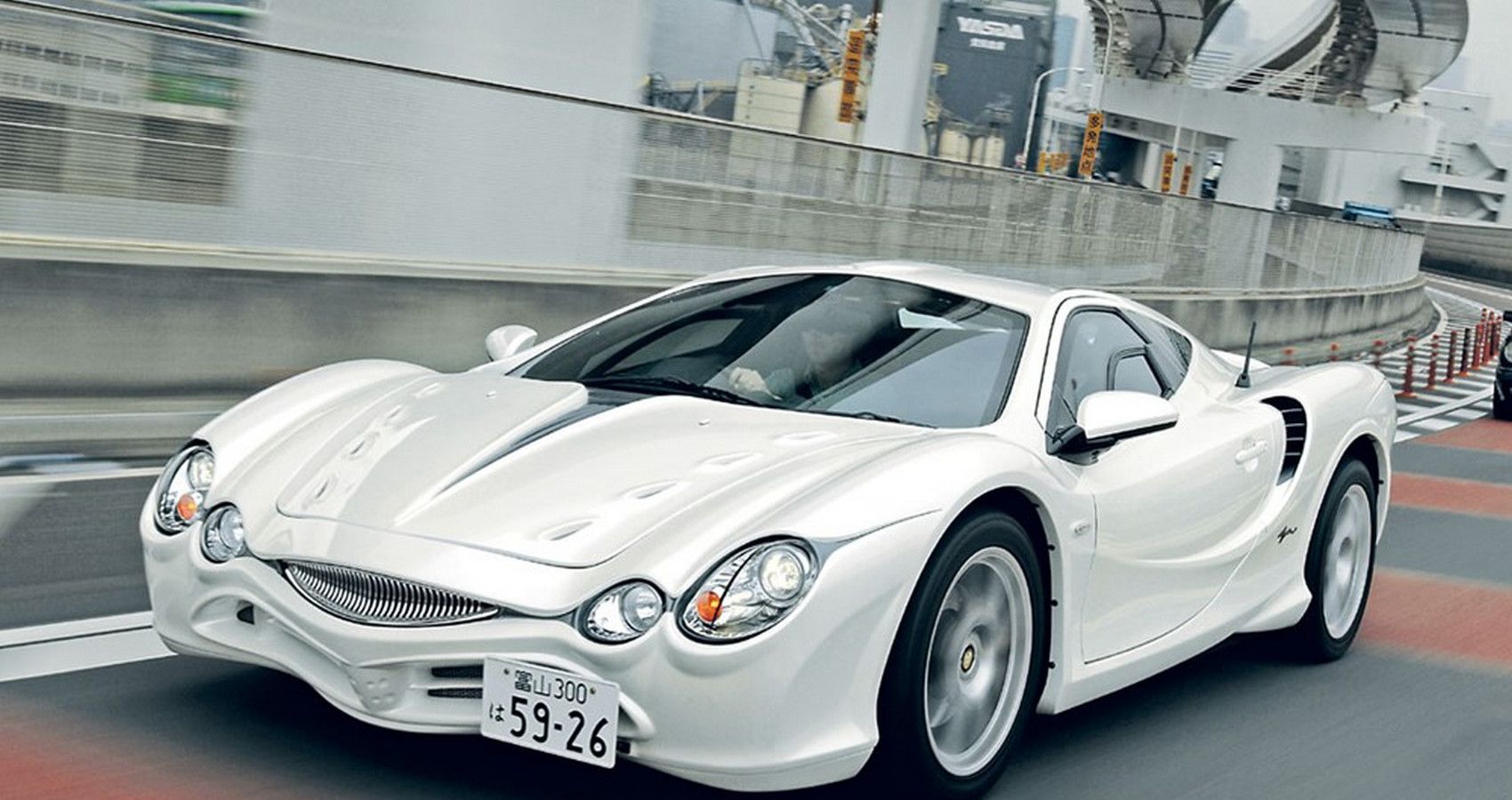
.jpg)
